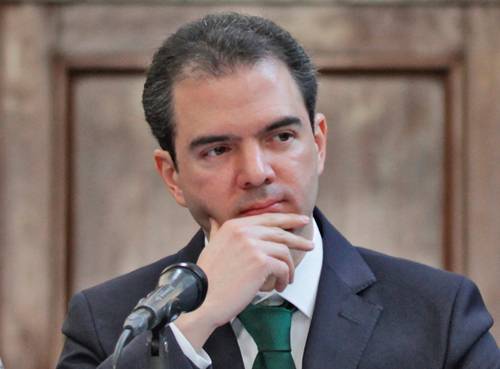A study conducted by the Ecosur Foundation of the Córdoba Stock Exchange revealed that approximately half of the fiscal adjustment implemented in the first quarter was a combination of measures, while the other half involved more drastic spending cuts. The foundation’s economist and director of economic analysis, Francisco Ballester, stated that if the government continues to uphold the spending reductions throughout the year, it could potentially achieve fiscal balance by the end of the year.
The study also showed that maintaining first-quarter spending levels throughout the year would reduce spending as a percentage of GDP from 19.8% in 2023 to 14.8% in 2024. This reduction of 5 percentage points would bring the country closer to financial equilibrium, assuming constant income as a percentage of GDP. The calculations provided by the Córdoba think tank took into account adjustments in retirement benefits and other social expenditures.
In the initial quarter, public spending experienced a significant decline of 33% in real terms compared to the previous year’s average. The largest part of this reduction was attributed to retirement benefits and bonuses, which accounted for 10 percentage points of the overall adjustment. Although retirement benefits did not experience the largest reduction in percentage terms, its significant portion of total spending made its decrease noteworthy.
Overall, achieving fiscal balance through spending cuts remains a challenging yet achievable objective for Argentina’s government. By maintaining current levels of spending and navigating potential obstacles, they could potentially reach their deficit target by



